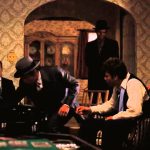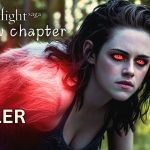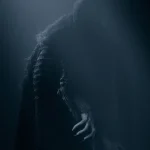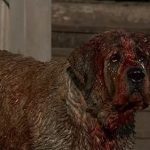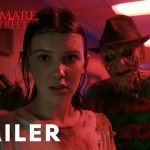🎬 Annabelle (2014)

🎬 Introduction to Annabelle (2014)
Annabelle (2014), directed by John R. Leonetti, is a supernatural horror film and a spin-off of The Conjuring (2013). The movie explores the origins of the haunted doll, Annabelle, which was first introduced in The Conjuring as a key artifact tied to a series of sinister events. Annabelle focuses on the terrifying events surrounding a young couple, John (Ward Horton) and Mia (Annabelle Wallis), who are attacked by a cultist and later plagued by increasingly violent supernatural occurrences involving the eerie doll.
Set in 1967, the film opens with a tragic sequence that introduces the doll’s malevolent power, eventually taking the viewer through a series of chilling events that center around Mia, who is pregnant and trying to build a peaceful life with her husband. The doll, originally a gift for Mia, becomes a conduit for a demonic force that haunts their home and puts everyone in danger. Annabelle explores themes of motherhood, fear, and possession while contributing to the expanding universe of The Conjuring series, offering an origin story for one of its most iconic and terrifying objects.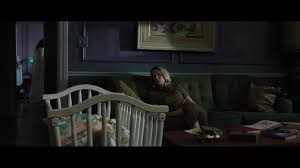
🎬 Atmosphere, Tension, and Horror Elements
Annabelle thrives on building tension and suspense, using a traditional approach to horror that relies on atmosphere and the gradual escalation of fear. Unlike modern horror films that may rely heavily on jump scares or gore, Annabelle draws on a slower, creeping unease that grows as the film progresses. The setting—primarily within the couple’s seemingly peaceful suburban home—becomes increasingly oppressive as strange occurrences begin to unfold. These moments are amplified by Leonetti’s skillful direction, which utilizes dim lighting, unsettling sound design, and cleverly framed shots to keep the audience on edge.
The doll itself is the centerpiece of the horror. Its unnerving, unblinking eyes and porcelain face create a palpable sense of dread, representing a force that is both inanimate and deeply malevolent. The doll’s presence in the story acts as both a symbol of the disturbing unknown and a literal source of supernatural terror. Throughout the film, Annabelle builds on the haunting power of the doll as it moves through different spaces—sometimes appearing in the background in unsettling ways, slowly tormenting the characters and creating an atmosphere of dread.
One of the strengths of Annabelle is its ability to evoke fear without resorting to excessive violence or gore. The horror is more psychological, focusing on the growing terror of a home being invaded by an evil force, and the unrelenting fear of being watched or pursued by something beyond comprehension. As Mia’s sense of safety is stripped away, the film plays on the primal fear of motherhood and the vulnerability of the home, particularly with the added tension of her pregnancy. The horror becomes more personal and emotional, with the stakes raised due to the impending arrival of her child.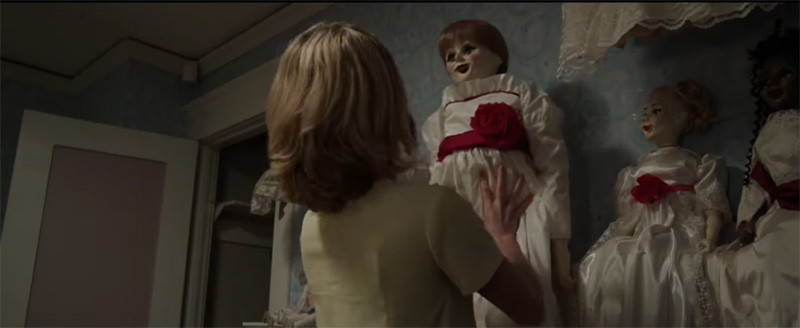
🎬 Characters, Performances, and Emotional Impact
While Annabelle is primarily a supernatural horror film, it also explores the emotional and psychological toll the events take on the characters. The performances by the lead actors—Annabelle Wallis as Mia and Ward Horton as John—are competent, but the film’s emotional weight often feels secondary to the horror elements. Mia’s character is defined by her fear, determination, and sense of maternal love, while John serves as a supportive but somewhat distant figure, reflecting the classic dynamic of a family trying to confront an insurmountable evil.
Mia’s transformation from a hopeful young woman anticipating the joy of motherhood to someone completely terrorized by an unknown force is one of the film’s most poignant aspects. The horror of Annabelle is not just about the doll but about the lengths to which Mia is forced to go to protect her unborn child. The emotional connection between Mia and her baby adds an extra layer of urgency to the story, making her fight against the supernatural forces feel all the more desperate and heartbreaking. The vulnerability of being pregnant in a world filled with supernatural terror plays on the audience’s own instincts to protect the innocent, making Mia’s battle feel deeply personal and compelling.
While the performances are effective, the characters themselves don’t undergo significant growth, as the plot focuses more on the terror surrounding the doll. However, the emotional impact is still felt through the characters’ helplessness in the face of a malevolent force that seems unstoppable. The film taps into the viewer’s empathy for Mia, who must protect her child against something far more powerful than herself.
🎬 Legacy, Connection to The Conjuring Universe, and Conclusion
Though Annabelle (2014) may not have reached the same critical acclaim as The Conjuring, it plays an essential role in expanding the shared universe of supernatural horror films that began with James Wan’s The Conjuring series. The film’s success helped spawn additional spin-offs, including Annabelle: Creation (2017) and Annabelle Comes Home (2019), which further explore the doll’s origins and her place in the larger Conjuring universe. Annabelle helped solidify the franchise’s ability to create a web of interconnected horror stories, each contributing to the terrifying mythology that fans of the series have come to love.
Despite its more conventional horror elements, Annabelle remains a solid entry in the supernatural horror genre. It may not have the same level of depth or complexity as The Conjuring, but it excels in creating an unsettling atmosphere and a strong sense of fear around a seemingly innocent object. The film’s sense of unease, combined with its exploration of motherhood, vulnerability, and the unknown, makes it an engaging and chilling watch for fans of the genre.
In conclusion, Annabelle (2014) is a suspenseful, atmospheric horror film that taps into the primal fear of the unknown. While it may not have the same depth or character-driven plot as other films in The Conjuring universe, its ability to generate fear and tension through its use of the iconic doll and its emotional stakes make it a worthwhile experience for horror fans. As part of a broader supernatural horror saga, Annabelle holds its own, expanding the mythology while delivering a solid, eerie film that lingers long after the credits roll.

